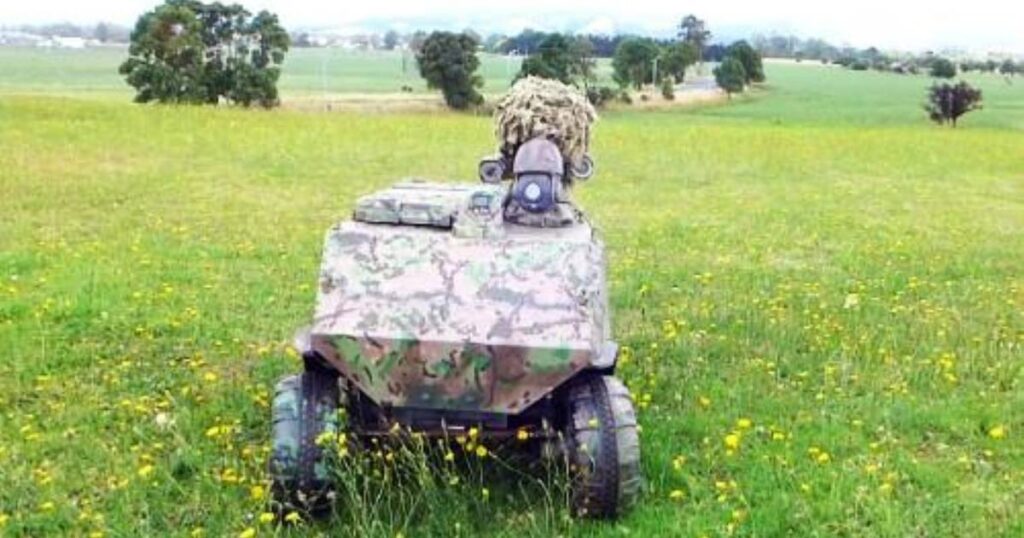In Africa’s vast national parks, armed poachers and militants threaten rangers with brutal violence, while researchers half a world away in regional Victoria engineer a robot to combat them.
The Ground Unmanned System, often known as “GUS,” is a sophisticated security robot with wide-angle, zoom, and thermal cameras to spot threats and an AI-driven microphone to recognise sounds.
Although the robot is meant to aid in animal protection, the military forces are also interested in it.
GUS is made to distinguish between sounds, including elephant snorting and bullets ringing in the air.
Gayan Kahandawa, a senior mechatronics instructor at Federation University, claims that if the robot’s microphone detects the sound of a motorcycle, for instance, its cameras may be used to determine whether the rider is an invader.
According to him, rangers have been slain in Africa because people who enter parks on motorcycles and with high-tech weaponry are prepared to survive there.
Anti-poaching specialist Luke Townsend approached the Federation University researchers, who are based in Gippsland, in 2020 to develop GUS in response to the increasing threat to rangers in West Africa.
The robot has a drone that, together with its camera and microphone gear, lifts off when a panel opens and sends footage back to a command centre to assist rangers in averting hazardous contacts.
The project’s manager, Townsend, contributed to the development’s funding alongside a group of friends.
By March of the following year, he wants to have a field-ready version in Benin.
According to Townsend, “the rangers in some parks, like those in West Africa, find themselves in a full-on counter-insurgency.”
He claimed that the terrorists in the nation are from a local al-Qaeda affiliate and employ explosives and ambushes to kill rangers and frighten them away from parks, while others battle highly driven, expert poachers.
Townsend, a former army captain from Victoria’s Latrobe Valley who served in both the Australian and British armies, agrees that GUS has the ability to warn soldiers of unauthorised visitors in dangerous circumstances.
The researchers claim that this is why the Australian Army has also indicated interest in the robot.
Armed forces are eager to test out some of the modified units, according to Dr. Kahandawa, while another updated model will be created for use in Africa.
A defence spokesperson said the army was talking to the university to learn more about the robot and its potential applications.
Even while GUS is already capable of hearing animal sounds, the researchers hope that the updated African model will be able to locate animals, direct rangers to them, and have better energy storage.
The African version of the robot also needs to be simple for locals to maintain, according to researcher Hasitha Hewawasam, who oversaw development of the robot’s electronics and programming.
“They ought to be able to obtain any spare parts they require in Africa.
As a result, Dr. Hewawasam told AAP, we won’t need to transport any spare components from Australia.
To send GUS to West Africa by the next year, Townsend is looking for donors to raise AU $40,000.
Australian-made robot to combat African poachers

